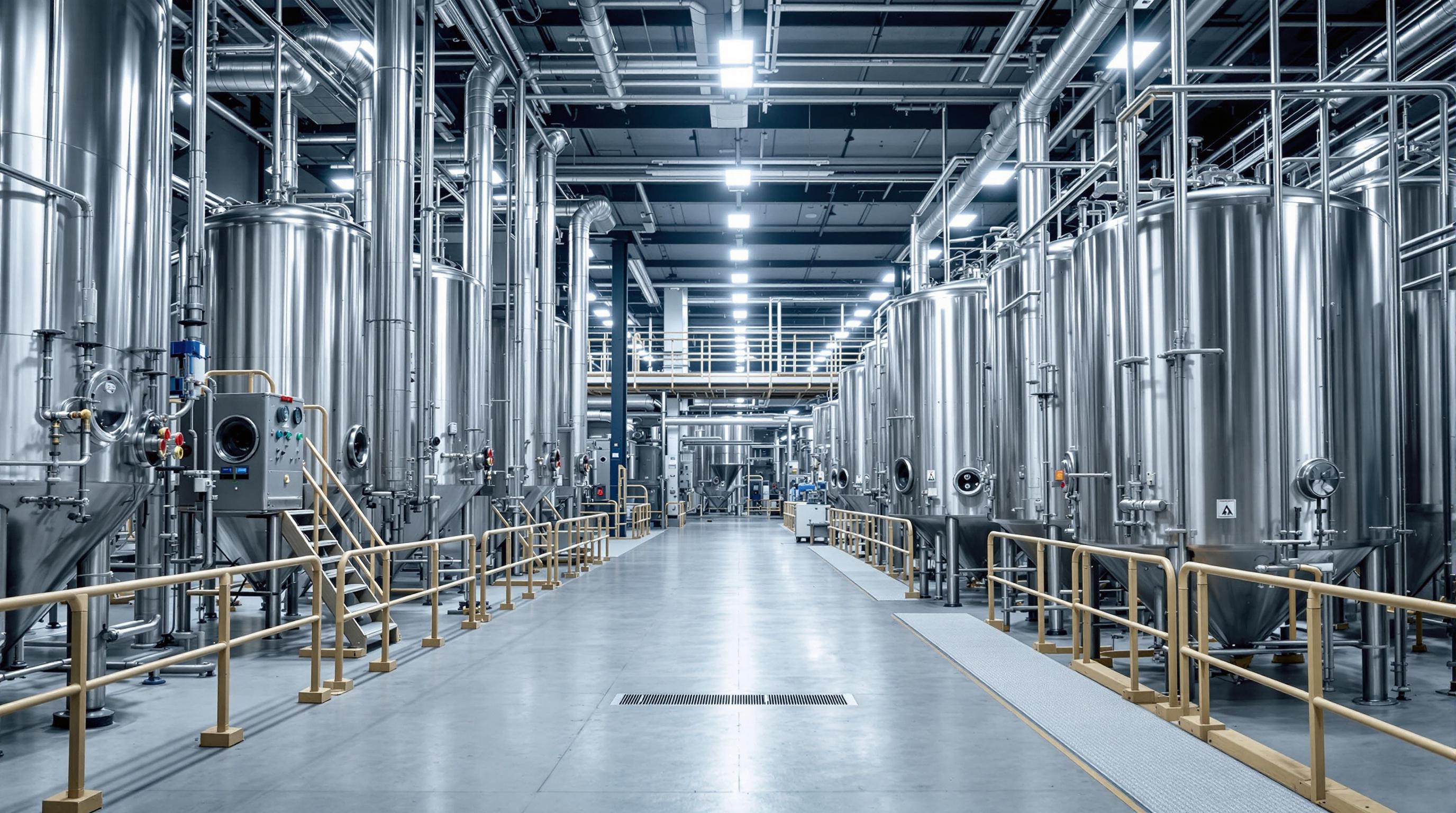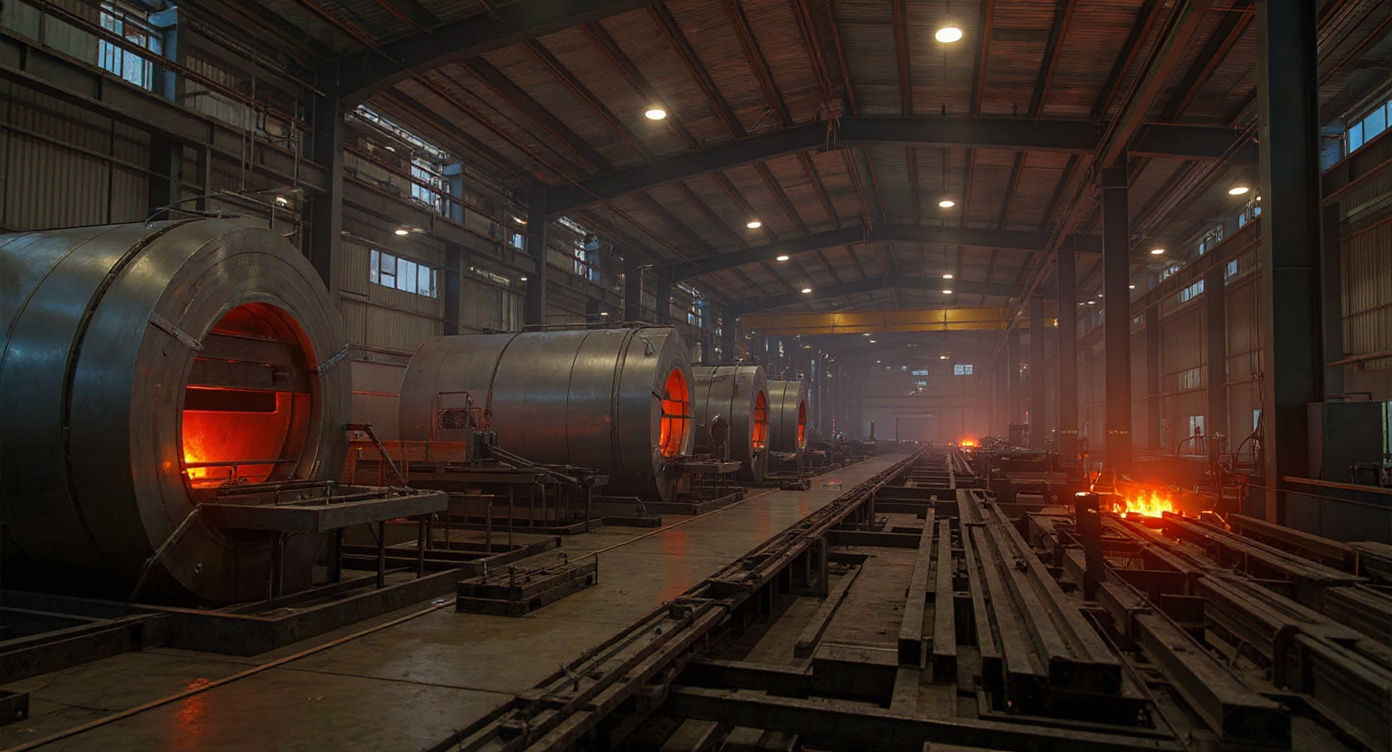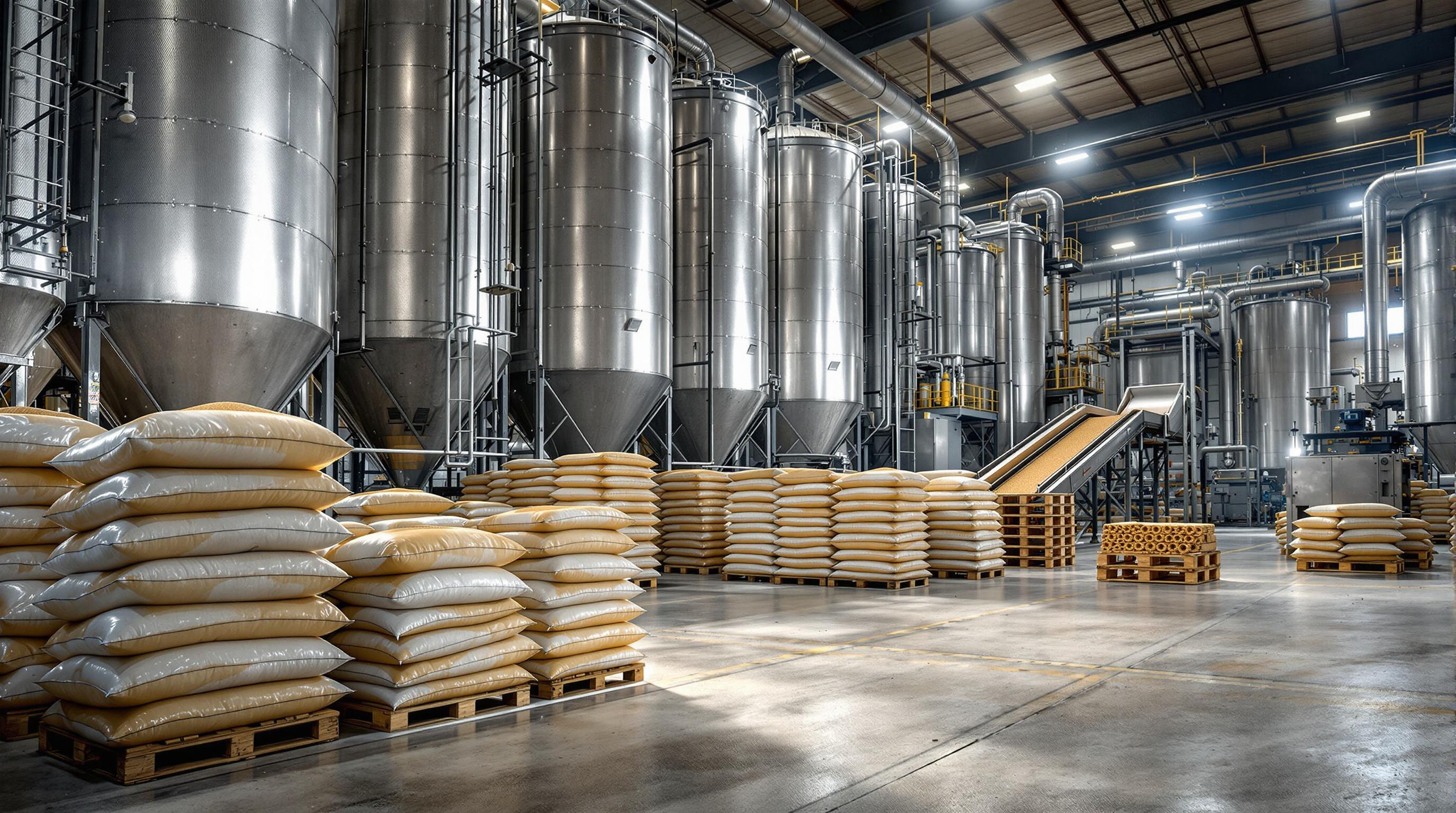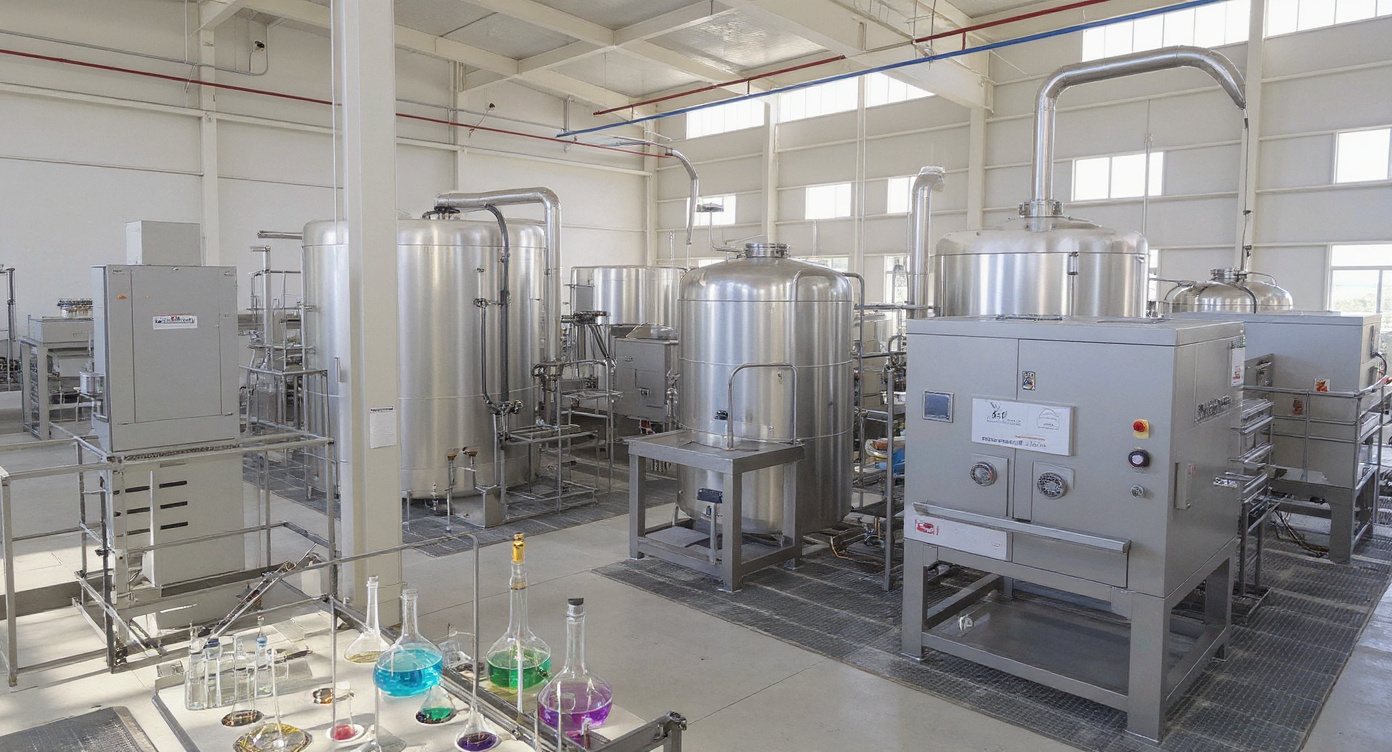Material Transfer Pumps
Material transfer is one of the most demanding operations in industrial plants. Pumps face corrosive acids, abrasive slurries, fluctuating pH levels, and continuous duty cycles that amplify mechanical and chemical stress. Failures in transfer duty aren't just inconvenient; they compromise uptime, safety, and compliance.
Chemitek designs its material transfer pumps to anticipate these risks, embedding solutions into hydraulics, metallurgy, seals, and QA systems. Each section below outlines a common risk in transfer duty and how Chemitek addresses it.
Risk of Cross-Contamination in Material Transfer Pumps
Material transfer often involves switching between water-based fluids, acids, caustics, or solvents. When pumps are built from inappropriate materials, cross-contamination or premature corrosion occurs, leading to both product losses and equipment downtime.
Chemitek validates materials against both fluid chemistry and hydraulic stress:
SS316L Stainless Steel
For potable water, chlorinated service, and mildly corrosive duties.
Duplex and Super Duplex Alloys
For seawater and brackish intakes, resisting pitting at suction entries.
PVDF, PFA, and FEP Fluoropolymers
Molded thick to withstand halogenated acids and oxidizing agents.
Hastelloy and Titanium
For concentrated nitric or mixed-acid duty where corrosion fatigue is accelerated.
Alloy 20
For sulfuric and nitric acid handling in steel and specialty chemical plants.
By aligning pump metallurgy to application-specific needs, Chemitek ensures its material transfer pumps deliver purity, reliability, and extended service life.
Risk of Seal Leakage During Bulk Material Transfer
High-volume transfer of acids, solvents, or effluents puts seals under extreme stress. Standard sealing systems often blow out under thermal cycling or elevated pressure, releasing hazardous media and driving unplanned downtime.
Chemitek equips its pumps with flexible seal chambers designed to accept cartridge, double, or pressurized mechanical seals. This adaptability allows seals to be matched precisely to operating pressure and media aggressiveness.
The result is secure containment during bulk transfer, even in volatile or corrosive streams, minimizing the risk of leakage and ensuring safe operation.
Risk of Abrasive Wear in Continuous Transfer Loops
Many transfer duties involve suspended solids neutralized slurries, grit in wastewater, or abrasive additives in chemical processing. When pumps aren't designed for abrasive duty, cavitation, shaft deflection, and bearing wear quickly degrade performance.
Chemitek combats abrasive wear with a combination of hydraulic and mechanical reinforcements:
- Investment-cast wetted parts with smooth passages that minimize turbulence and cavitation risk.
- Reinforced bearing housings to stabilize shafts against deflection during long duty cycles.
- Wider suction passages in select models to reduce clogging and accommodate variable solids load.
- Rigid baseplate assemblies that preserve alignment under vibration-heavy operations.
These design elements extend the mean time between failures (MTBF) in abrasive duty, keeping material transfer pumps operational through demanding, round-the-clock service.
Risk of Compliance Failures in Hazardous Transfers
Material transfer often involves hazardous or regulated fluids nitric acid in fertilizer plants, solvents in chemical production, or treated wastewater in ETPs. Pumps that fail under these conditions can lead to compliance violations, environmental hazards, or audit penalties.
Every material transfer pump is manufactured within a certified QA framework:
- ISO 9001, 14001, and 45001 compliance ensures traceable, auditable builds.
- ANSI/ASME B73.1 design compliance guarantees dimensional interchangeability and standardized spares.
- Lifecycle validation includes testing against suction velocity, cavitation resistance, and corrosive duty under pressure.
This rigorous QA approach gives operators confidence that Chemitek pumps not only perform mechanically but also meet the strict requirements of industrial compliance.
Applications Where Chemitek Material Transfer Pumps Deliver Value
Chemitek's risk-focused engineering makes its material transfer pumps reliable assets across a wide range of industries:
Chemical & Petrochemical Plants
Solvent handling, acid dosing, caustic recirculation.
Pharmaceutical & Specialty Chemicals
Contamination-free transfer of solvents and APIs.
Fertilizer Complexes
Continuous urea liquor, nitric acid, and ammonia circulation.
Steel Pickling Lines
Mixed-acid transfer under high corrosion stress.
Textile & Dyeing Plants
Dye bath transfers with abrasion- and clog-resistant passages.
Effluent Treatment Plants (ETPs)
pH-variable wastewater transfer with anti-clogging hydraulics.
Utilities & Water Distribution
High-volume recirculation for cooling towers, boiler feeds, and municipal loops.
Sugar, Ethanol & Food Processing
Corrosion-resistant builds for cane juice, syrup, and ethanol transfer.
Built for Lifecycle Performance
The benchmark for material transfer pumps isn't just whether they can move liquid—it's whether they can do so continuously, safely, and without unexpected failures.
Chemitek achieves this by engineering pumps around real-world risks: cross-contamination, leakage, abrasive wear, and compliance breaches. Through validated metallurgy, adaptable sealing, reinforced mechanics, and certified QA, Chemitek ensures pumps that sustain duty in corrosive, abrasive, and high-volume environments.
That's why across sectors as diverse as fertilizer, steel, chemicals, and food processing, Chemitek's material transfer pumps are recognized as reliable, compliance-ready assets built for lifecycle performance.
 ISO 9001:2015 certified
ISO 9001:2015 certified
 ISO 14001:2015 certified
ISO 14001:2015 certified
 ISO 45001:2018 certified
ISO 45001:2018 certified










